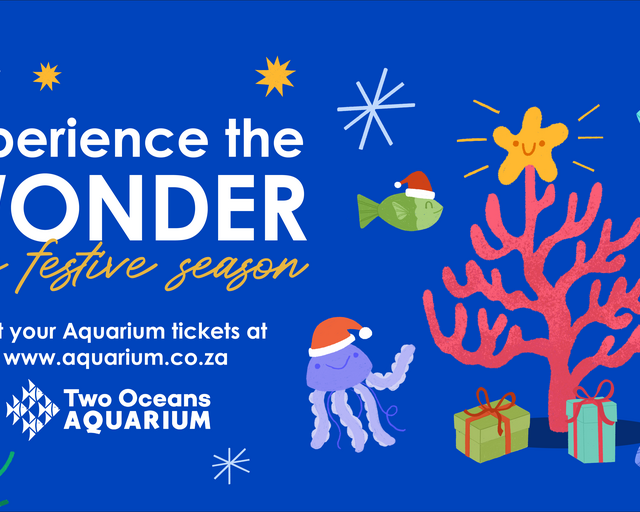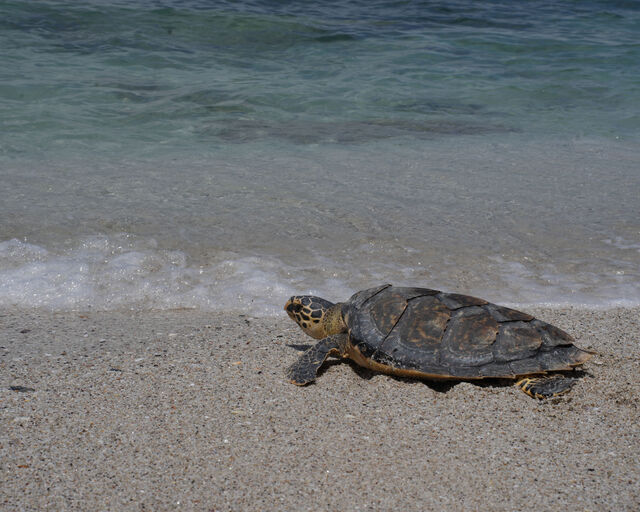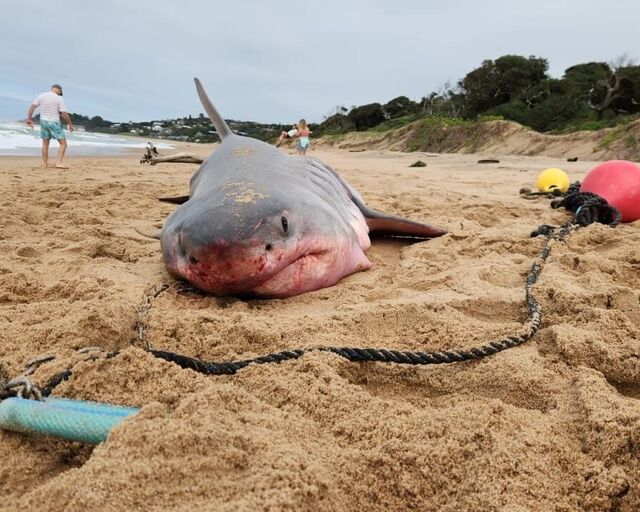This last month, the Two Oceans Aquarium bade farewell to one of our beloved marine animals, a honeycomb stingray. Affectionately known as Honey, she had become a fixed favourite of the I&J Ocean Exhibit.
Her loss, due to organ failure likely attributed to old age, has been felt deeply by staff and visitors alike. She leaves a legacy as an invaluable ambassador for herself and other marine species. A gentle giant, Honey helped to draw attention to the threats facing ocean life and educate children and adults about the wonders of the ocean.
Honey’s story
Honey arrived at the Two Oceans Aquarium from uShaka Marine World in 2016, weighing 26kg. She settled well into her new home in the I&J Ocean Exhibit, where she shared her space with a vibrant array of marine life typical of South Africa's subtropical eastern coast.
During her time at the Aquarium, Honey had many marine fellows in the I&J Ocean Exhibit, such as eagle rays, short-tailed rays, green turtles, parrotfish, and musselcrackers, to name a few. She often shared her home with turtles that had been rescued and rehabilitated by the Turtle Conservation Centre before being released into the wild.
The intersection of warm, clear waters with cooler Atlantic currents creates a rich tapestry of ocean life, and Honey was a shining part of that diversity.

Feeding time with Honey
Honey quickly became a firm favourite with the Aquarium family. Visitors would flock to catch a glimpse of her gliding across the tunnel or watch her during regular feeding times, most often with Aquarist Ayrton King. Anyone who witnessed feeding time in the I&J Ocean Exhibit had a front row seat to an undeniable interspecies connection between this human and ray duo.
These feeds are not only important for the animals’ proper nutrition but are also a top attraction for the visitors to the Aquarium. For Honey, feeding time doubled as an enrichment activity that kept her mentally stimulated.
Seeing these behaviours in the exhibit was a fantastic opportunity to showcase the unique characteristics of Honey as an individual, but also those of her species in general. Her endearing characteristic as a gentle giant is typical of most of her species.
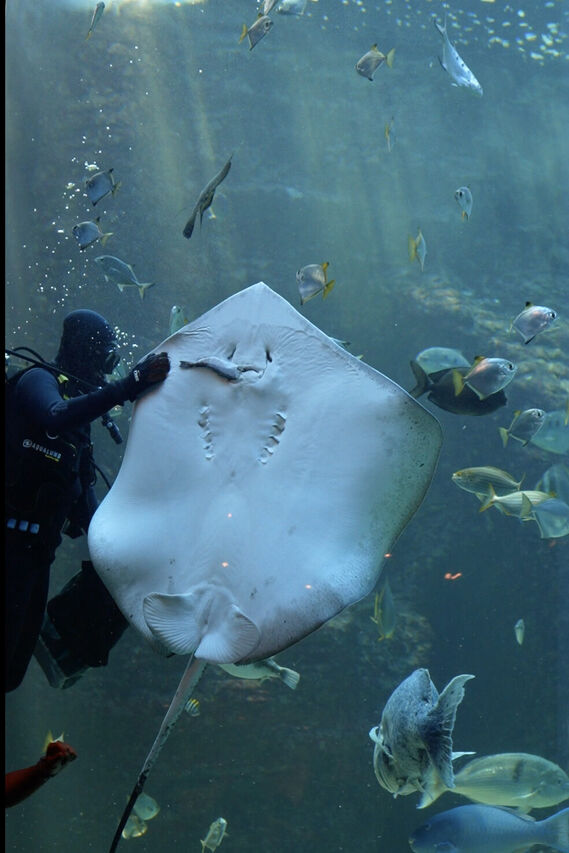
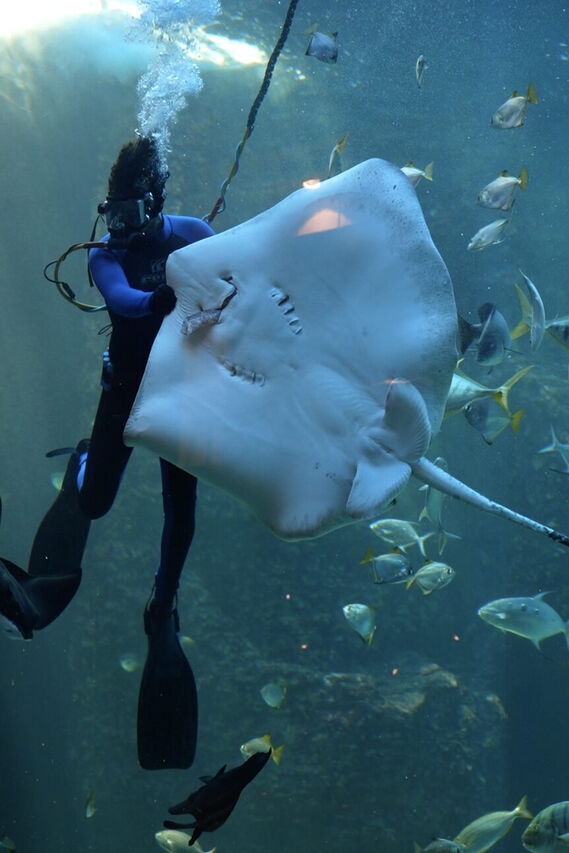
Honeycomb stingrays in the wild
Honeycomb stingrays (Himantura undulata) are typically found on soft substrates in shallower waters of South Africa’s East Coast. Their unique reticulated pattern allows them to partially bury their bodies in the sand and blend in when viewed from above. Their long, whiplike tails act like an antenna that can detect predators with great sensitivity.
In fact, honeycomb stingrays are so good at detecting predators that other species of stingray are known to hang out with them for safety, rather than with their own species!
Honeycomb stingrays use their “wings” in a variety of fascinating ways: They can be fanned to uncover prey or used to cover the ray with silt. As the rays move through the water, their wings create S-shaped waves that move from head to tail – it almost looks like flying!
Honey leaves a lasting legacy…
Honey truly was an exceptional ambassador for her kind, shining a spotlight on the importance of conserving and understanding marine life. Her presence helped educate visitors about the threats facing ocean ecosystems and the critical role animals like her play in maintaining the health of our oceans.
Though she has left us, Honey’s legacy endures. She will remain in the hearts of everyone at the Two Oceans Aquarium and the countless visitors who were fortunate enough to witness her grace and gentle spirit. Her story is a reminder of the importance of marine conservation and the incredible, vulnerable creatures that occupy our oceans.
Rest peacefully, Honey. You will be missed but never forgotten.
Related News
Sign up to our Newsletter
Receive monthly news, online courses and conservation programmes.


